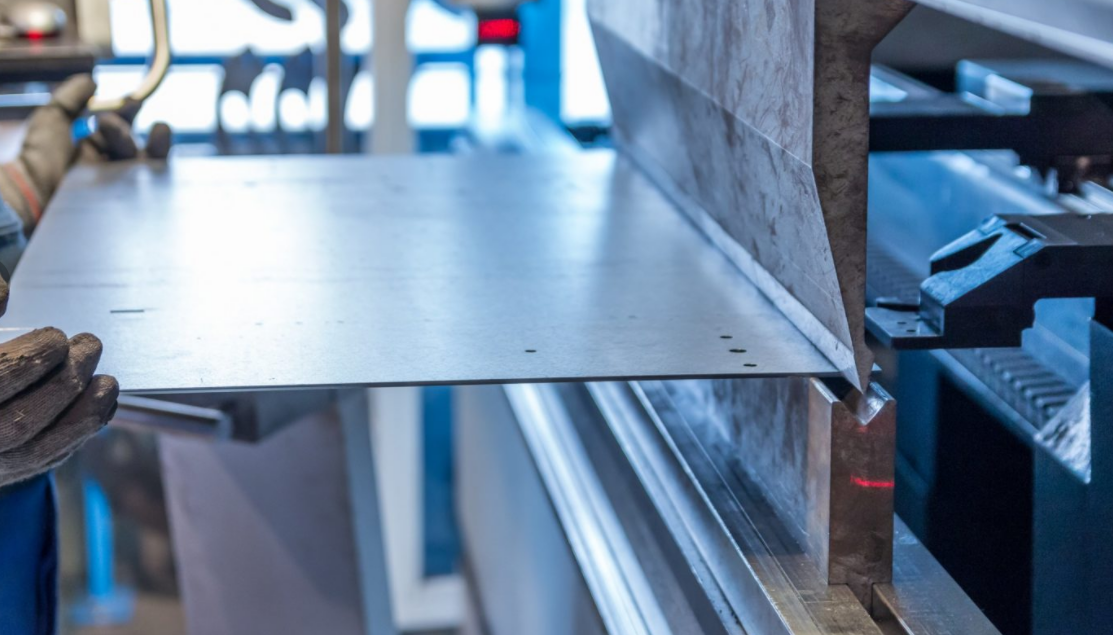How and When to Add Bend Reliefs to Sheet Metal Parts
What is a Bend Relief?
A bend relief is nothing more than two small incisions cut into a piece of sheet metal to free the metal between the two. It separates the material you want to be able to fold
from the rest of the part. You only need it when there is material on either side of a bend. A punched or lazed feature such as a hole or cutout can act as a bend relief if it is too close to the bend causing part of the cutout to deform or tear where the opposite side is flush with the flat. To avoid creating unintentional bend reliefs, make sure your hole features are at least 2-3x material thickness away from the bend region.

When to Use Bend Reliefs
A bend relief prevents tears from occurring where there is a transition between bends or between a bend and a flat surface. They are a great way to ensure a clean looking part that is free from deformation, burrs, and sharp points where the bend edges terminate. This is doubly important if your part is subject to vibration or flexion as the tears and cracks created by unrelieved bends will tend to propagate rapidly. Using round reliefs instead of reliefs with square corners will also help to reduce tear and crack propagation. Ultimately, well-designed bend reliefs create a part that is stronger, more stable, and attractive.
Bend Relief Advantages
- Prevents tearing and deformation of your part caused by a press brake. No tears means the part that’s safer to hold, easier to manufacture, more durable, and will yield a better looking, customer-friendly part when manufacturing is complete
- Separates bent and unbent elements of your part. Isolating the bent portion of your part makes it more durable and attractive
- Ensures forming accuracy. Bend reliefs give the press brake operator some wiggle room with tool placement. Erring on the side of caution by using a wide bend relief will go far to make the press brake operator’s job easier, safer, and more accurate. This can translate to cost savings, particularly when you move to higher volume production, as forming setup and run time will be reduced.

